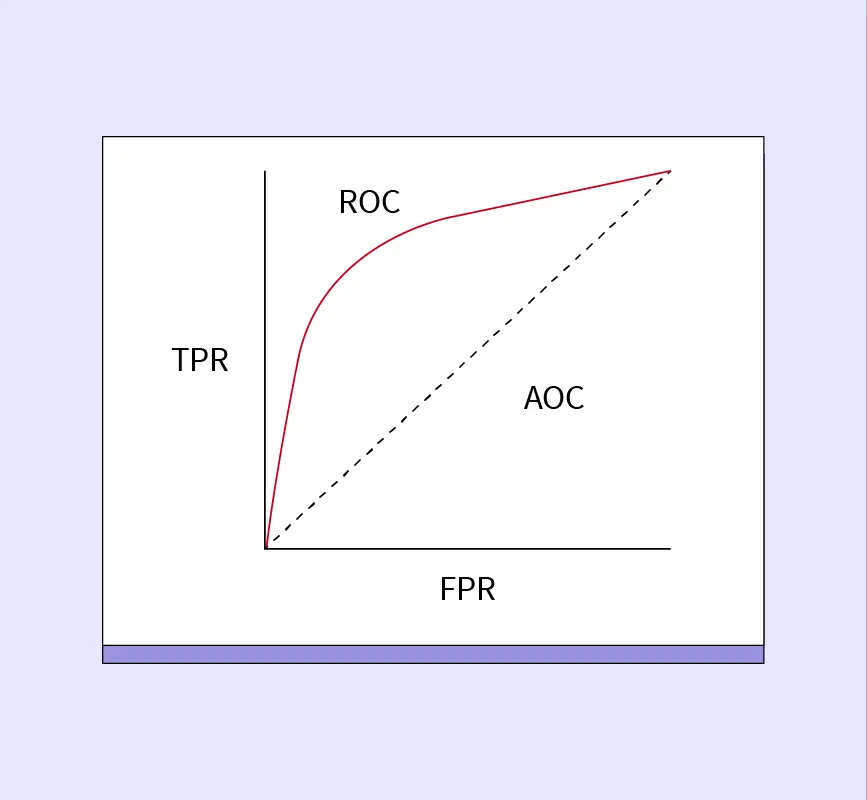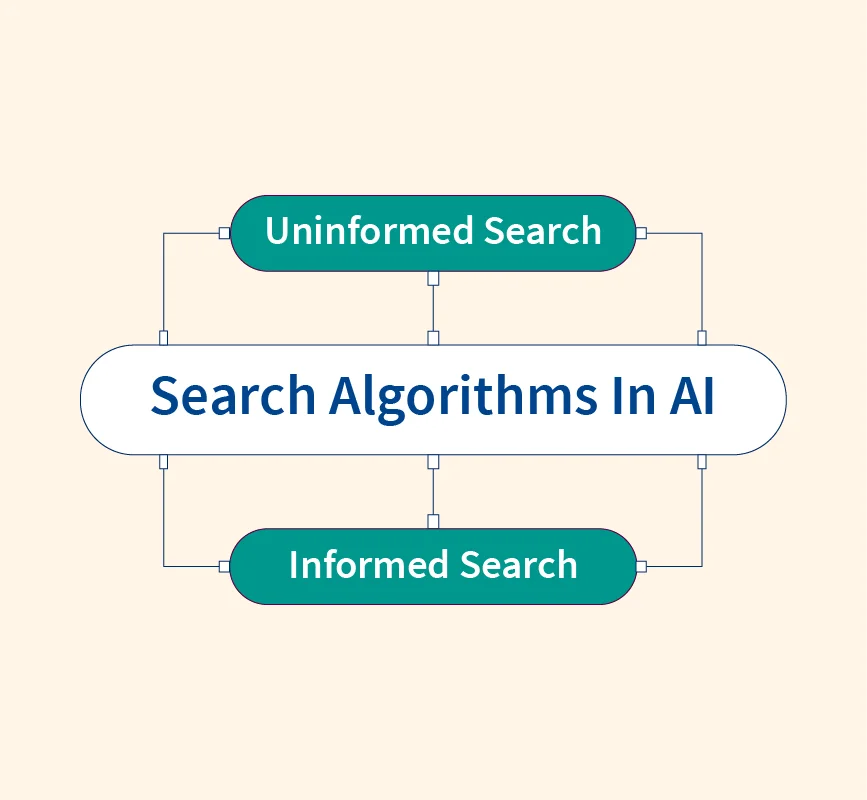In machine learning, unsupervised learning deals with finding hidden patterns or relationships within data without labeled outputs. One important technique in unsupervised learning is association rule learning, which focuses on discovering interesting relationships between variables in large datasets. A common use of association rules is in market basket analysis, where retailers analyze the purchase patterns of customers to identify which products are frequently bought together.
The Apriori algorithm is a foundational method for association rule learning. It identifies frequent itemsets (combinations of items that appear together) and uses them to generate association rules. These rules help businesses make data-driven decisions, such as recommending complementary products or optimizing store layouts.
What is Apriori Algorithm?
The Apriori algorithm is a popular method used to mine frequent itemsets and generate association rules in large datasets. It operates on the principle that if a subset of items is frequent, then all of its supersets must also be frequent. This concept, known as the Apriori property, helps the algorithm efficiently reduce the search space by eliminating infrequent itemsets early.
Key Concepts:
- Frequent Itemsets:
- These are groups of items that appear together frequently in transactions.
- The goal of the Apriori algorithm is to identify these itemsets based on a support threshold.
- Support:
- Support measures how often an item or itemset appears in the dataset.
- For example, if an item appears in 3 out of 10 transactions, its support is 310=0.3\frac{3}{10} = 0.3103=0.3.
- Apriori Property:
- If an itemset is infrequent, any larger set containing it will also be infrequent.
- This helps prune unnecessary itemsets, improving efficiency.
The Apriori algorithm plays a key role in association rule mining, where relationships between items are discovered. For example, if customers often buy bread and butter together, this insight can inform product placement or cross-selling strategies.
Steps for Apriori Algorithm
The Apriori algorithm follows an iterative process to find frequent itemsets and generate association rules. Below is a step-by-step explanation:
Step-1: Calculating C1 and L1
- C1: The first set of candidate 1-itemsets includes all individual items from the transaction database.
- Support Count: For each item in C1, the algorithm calculates how frequently it appears in the dataset (support).
- L1: This contains only the frequent 1-itemsets that meet the minimum support threshold.
Example:
If the minimum support is set to 50%, and an item (e.g., bread) appears in 7 out of 10 transactions (70%), it will be included in L1.
Step-2: Candidate Generation C2, and L2
- C2: The algorithm generates candidate 2-itemsets by combining items from L1.
- Support Count for C2: It calculates the support for each 2-itemset.
- L2: The algorithm prunes infrequent 2-itemsets (those below the minimum support threshold), retaining only frequent 2-itemsets.
Step-3: Candidate generation C3, and L3 (and so on)
- The process continues, generating larger candidate itemsets (C3, C4, etc.) from the previous frequent itemsets (L2, L3, etc.).
- Stopping Criteria: The iteration stops when no further frequent itemsets are found, or the candidate sets become empty.
Step-4: Finding the association rules for the subsets
- Once frequent itemsets are identified, association rules are generated.
- Each rule has two parts:
- Antecedent (LHS): Items on the left side of the rule (e.g., {bread}).
- Consequent (RHS): Items on the right side of the rule (e.g., {butter}).
- Confidence: Each rule must meet a minimum confidence threshold, which measures how often the antecedent leads to the consequent:
$ \text{Confidence} = \frac{\text{Support}(\text{Antecedent})}{\text{Support}(\text{Antecedent} \cup \text{Consequent})} $
Example of a Rule:
- {bread} → {butter} with 80% confidence means that 80% of the time, customers who buy bread also buy butter.
Advantages and Disadvantages of Apriori Algorithm
Advantages
- Simple and Easy to Understand
- The Apriori algorithm is straightforward, making it easy to implement and interpret.
- Effective in Identifying Patterns
- It is highly effective for association rule mining in fields like retail, where identifying frequent itemsets reveals useful insights (e.g., market basket analysis).
- Reduces Search Space
- By using the Apriori property, the algorithm eliminates infrequent itemsets early, improving efficiency.
- Applicable to Various Domains
- Apart from retail, Apriori is useful in areas like healthcare, web usage mining, and recommendation systems.
Disadvantages
- Computationally Expensive
- The algorithm can be slow and resource-intensive for large datasets, as it generates many candidate itemsets.
- Memory Usage Increases with Large Datasets
- As the number of items grows, storing and processing candidate itemsets becomes difficult.
- Generates Many Candidate Sets
- Apriori may generate a large number of candidate itemsets, including some that are irrelevant, requiring significant time to prune.
- Sensitive to Minimum Support Threshold
- Setting the wrong minimum support threshold can lead to too many or too few frequent itemsets, affecting the quality of the results.
Python Implementation of Apriori Algorithm
To implement the Apriori algorithm in Python, we use the mlxtend library, which offers tools for efficient association rule mining. Below is a high-level overview of the steps involved in the process:
Step 1: Data Pre-processing
- Load the Dataset: Ensure that the data is in the form of transactions (e.g., each row contains items purchased together).
- Data Cleaning: Handle missing values or irrelevant data.
- Encoding: Convert the dataset into a one-hot encoded format, where each item is represented as a binary value (1 if present, 0 if absent).
import pandas as pd
from mlxtend.preprocessing import TransactionEncoder
# Sample data: Each row is a transaction with purchased items
transactions = [['bread', 'milk', 'butter'],
['bread', 'milk'],
['milk', 'butter'],
['bread', 'butter'],
['bread', 'milk', 'butter', 'eggs']]
# Encode the transactions into a binary format
te = TransactionEncoder()
encoded_data = te.fit(transactions).transform(transactions)
df = pd.DataFrame(encoded_data, columns=te.columns_)
print(df)Step 2: Apply the Apriori Algorithm
- Set Minimum Support Threshold: Define the minimum support for frequent itemsets.
- Generate Frequent Itemsets: Use the apriori function to identify frequent itemsets.
from mlxtend.frequent_patterns import apriori
# Apply Apriori with minimum support of 0.6
frequent_itemsets = apriori(df, min_support=0.6, use_colnames=True)
print(frequent_itemsets)Step 3: Generate Association Rules
- Define Confidence Threshold: Set a minimum confidence level for strong association rules.
- Generate Rules: Use the association_rules function to extract rules from frequent itemsets.
from mlxtend.frequent_patterns import association_rules
# Generate association rules with minimum confidence of 0.7
rules = association_rules(frequent_itemsets, metric='confidence', min_threshold=0.7)
print(rules[['antecedents', 'consequents', 'support', 'confidence']])Step 4: Visualizing the Results
- You can visualize the discovered rules using bar charts or network graphs to better understand the relationships between items.
import matplotlib.pyplot as plt
# Plotting top 5 rules based on confidence
rules.sort_values(by='confidence', ascending=False, inplace=True)
rules.head(5).plot(kind='bar', x='antecedents', y='confidence', legend=False)
plt.ylabel('Confidence')
plt.title('Top 5 Association Rules by Confidence')
plt.show()This implementation demonstrates the complete process, from data preparation to association rule generation and visualization. The mlxtend library makes it easy to apply the Apriori algorithm and interpret the results.
Use Cases of the Apriori Algorithm
The Apriori algorithm is widely applied across various industries to uncover patterns and associations within data. Below are some key use cases:
- Market Basket Analysis: In retail, Apriori is used to analyze customer purchase patterns and identify products frequently bought together. This helps optimize product placement, promotions, and cross-selling strategies.
- Fraud Detection: In banking and finance, the algorithm detects suspicious transactions by identifying unusual patterns. It helps in flagging potentially fraudulent behavior for further investigation.
- Medical Diagnosis: Apriori assists in healthcare by finding relationships between symptoms, treatments, and diseases. These insights support doctors in identifying common symptom patterns and improving diagnosis accuracy.
- Recommendation Systems: Platforms like e-commerce websites and streaming services use Apriori to recommend products or content by analyzing user behavior and preferences.
- Web Usage Mining
- The algorithm identifies frequent browsing patterns, helping businesses enhance website navigation and improve user experience based on popular user journeys.
Conclusion
The Apriori algorithm is a fundamental tool in machine learning, particularly useful for association rule mining. It helps uncover hidden patterns by identifying frequent itemsets and generating rules from them. Widely used in fields like retail, healthcare, and recommendation systems, Apriori provides actionable insights—such as product recommendations or market basket analysis.
While the algorithm is simple and effective, it can be computationally expensive for large datasets, generating many candidate sets. However, tools like Python’s mlxtend library make it easier to apply the Apriori algorithm efficiently.
Understanding the Apriori algorithm helps businesses and researchers explore relationships between variables, enabling data-driven decisions. As data mining techniques evolve, improvements and alternatives to the Apriori algorithm, such as FP-Growth, offer more scalable solutions for large datasets.


